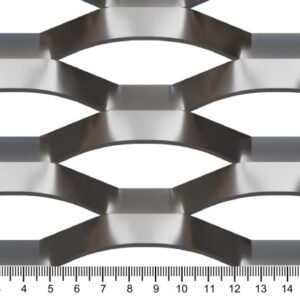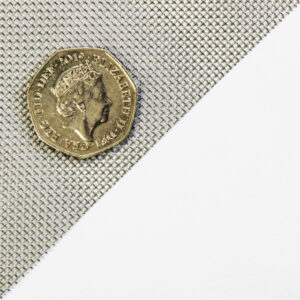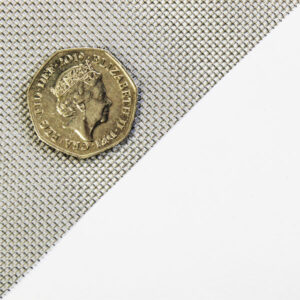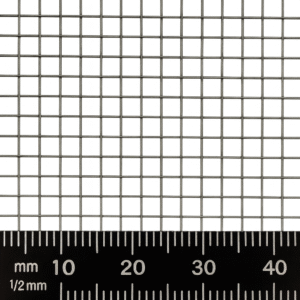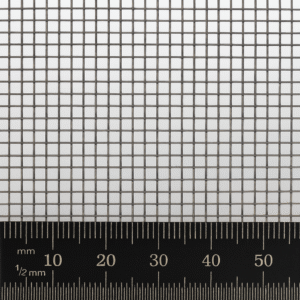








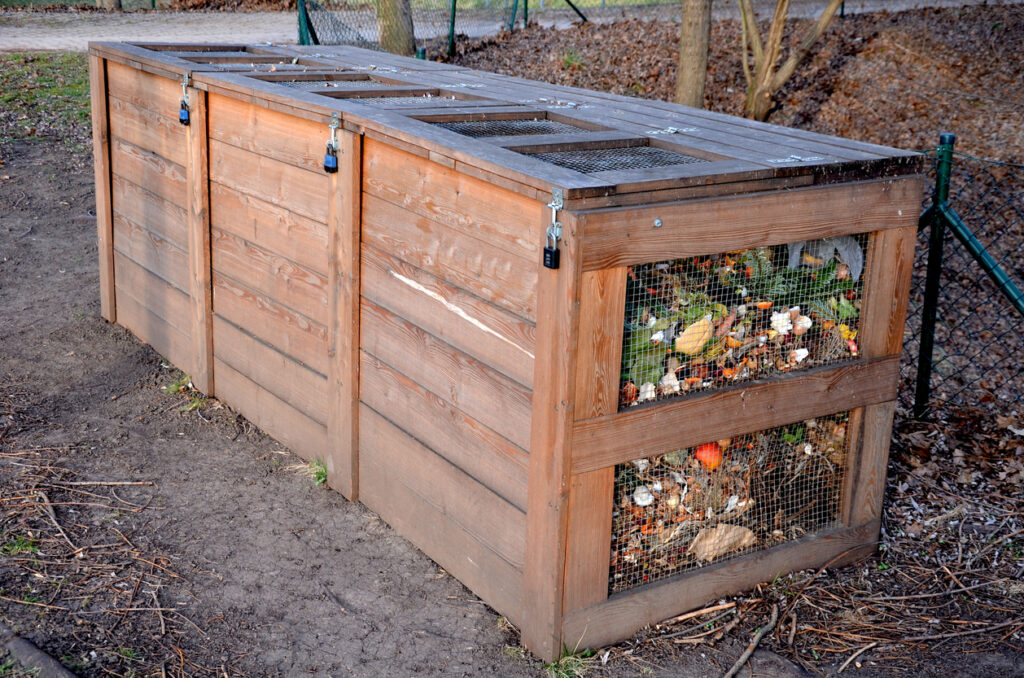
Composting is an environmentally friendly way to reduce kitchen and garden waste while enriching your soil with valuable nutrients. However, one of the common challenges faced by composters—especially in urban and suburban settings—is keeping pests out. Rodents, foxes, insects, and even domestic pets can be drawn to compost piles due to the presence of food scraps. To prevent this, a secure and breathable structure is required. One of the best solutions is using metal mesh as a barrier material.
At The Mesh Company, we specialise in providing high-quality metal mesh products for a wide range of domestic and commercial uses, including pest control. In this blog, we’ll explore how to build a pest-proof compost bin using the right mesh, what to consider before construction, and which products from our range are best suited for the task.
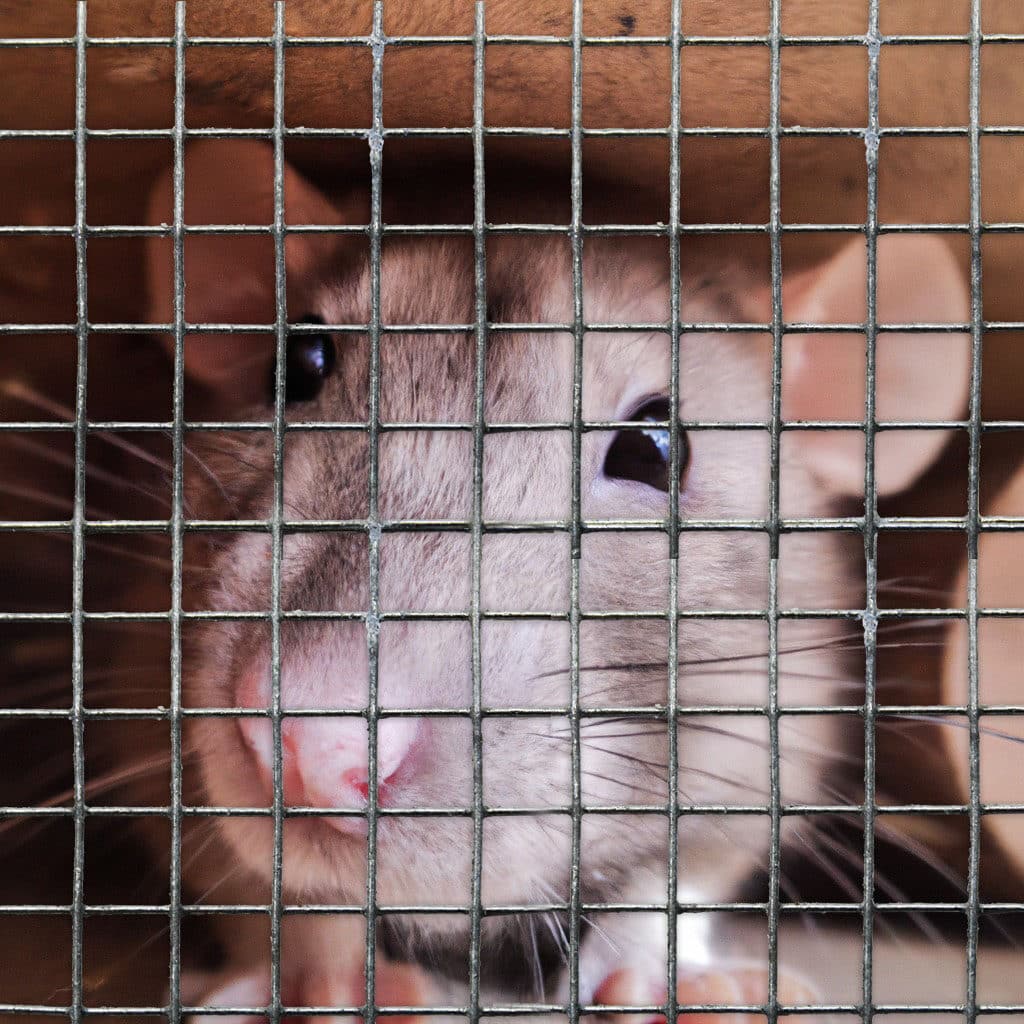
When constructing a compost bin, it’s crucial to find a material that provides protection while still allowing air to circulate freely. Proper aeration is essential for the breakdown of organic matter, and metal mesh excels in this regard.
Unlike solid panels or plastic netting, metal mesh allows for unrestricted airflow, which promotes aerobic decomposition. At the same time, it acts as a durable barrier against unwanted visitors. Its structural strength ensures long-term use, even in harsh weather conditions. Moreover, mesh products made from galvanised or stainless steel are resistant to rust, making them suitable for outdoor use all year round.
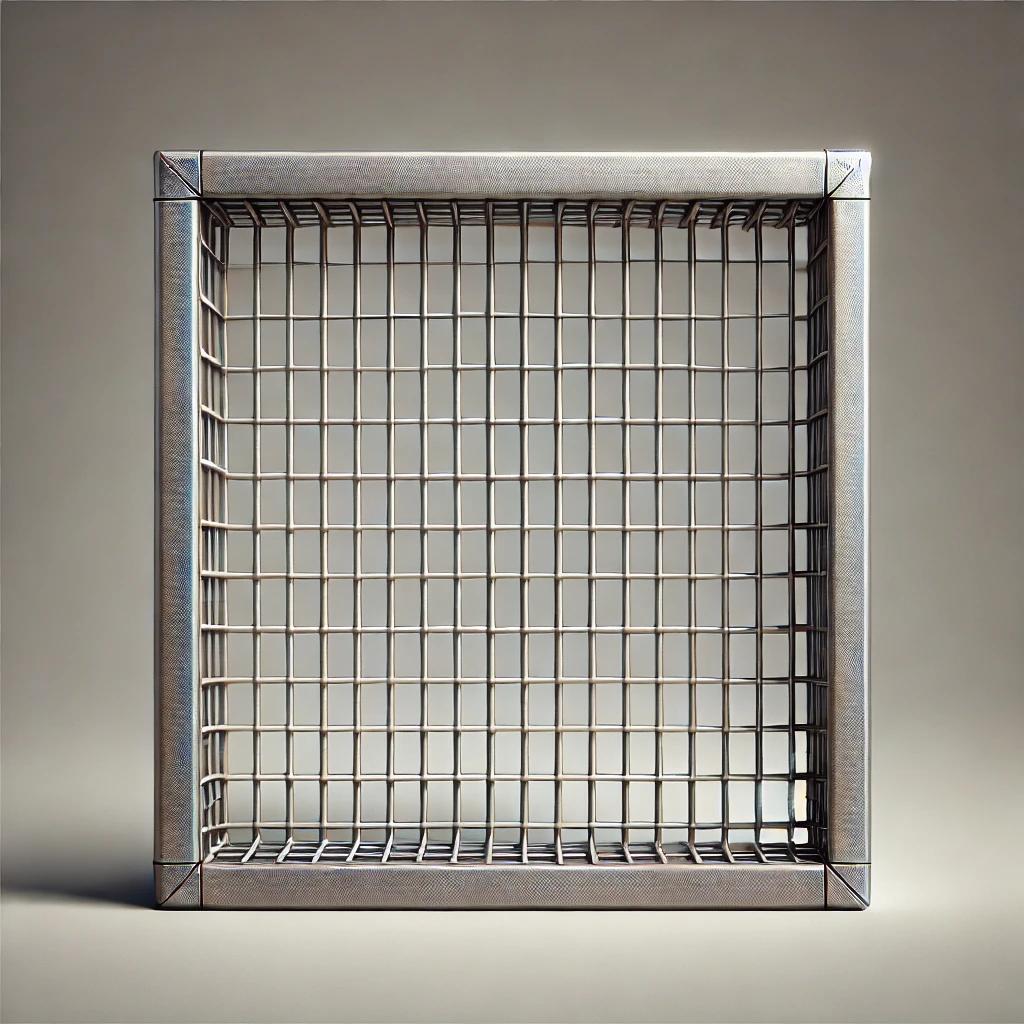

Before diving into the building process, it’s helpful to understand which pests are commonly attracted to compost bins and why:
Rats and mice: Drawn to food scraps and warmth.
Foxes: Known to dig and scavenge for organic material.
Cats and dogs: Often disturb compost in search of meat or dairy waste.
Proper containment using metal mesh ensures that larger animals cannot gain access, while fine mesh can keep out insects and allow compost to aerate naturally.
Start by selecting a spot that is convenient yet well-ventilated. Ideally, your compost bin should be placed on bare soil to allow for drainage and access for beneficial insects like worms.
Choosing the appropriate metal mesh type is critical. At The Mesh Company, we offer several options:
Galvanised Welded Mesh: Offers robust strength and is highly resistant to corrosion. Suitable for large compost bins.
Stainless Steel Woven Mesh: Provides excellent ventilation and is ideal for finer protection against smaller pests.
PVC Coated Mesh: Adds an extra layer of weather resistance and blends well into garden surroundings.
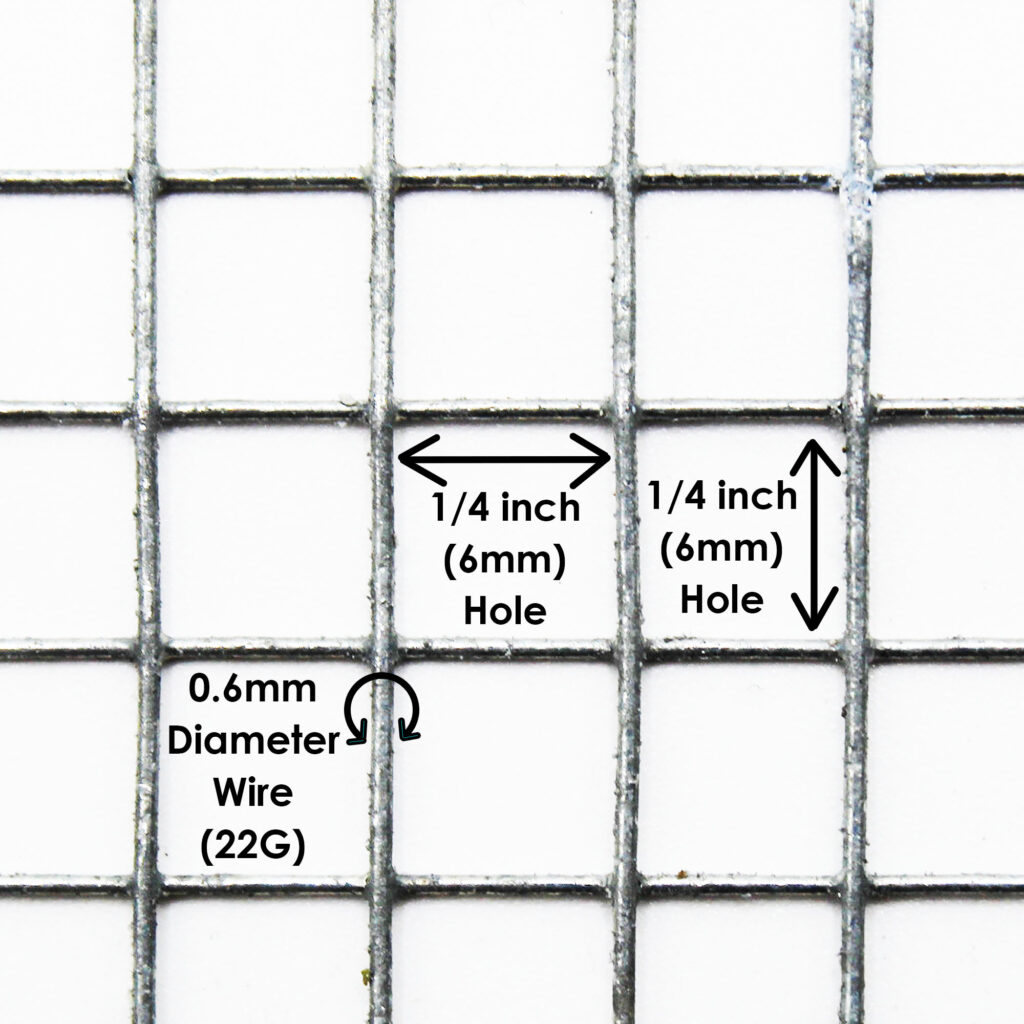
✅ Example from our range:
1/4″ Galvanised Welded Wire Mesh – Perfect for rodent-proof compost bins. Its grid size is small enough to keep out rats while still allowing ventilation.
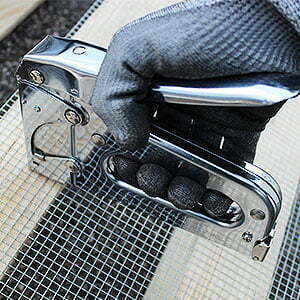
Wire cutters or tin snips
Gloves for safety
Wooden or metal frame (optional)
Fastening materials: staples, nails, or wire ties
Measuring tape and marker
Begin by measuring the dimensions of your compost bin. Most DIY compost bins are cube-shaped, typically around 1m x 1m. Cut six panels of metal mesh to form the sides, base, and lid.
For added stability, build a wooden or metal frame to which the mesh panels can be attached. This isn’t essential but can improve the structural integrity of the bin.
Secure the mesh panels together using wire ties or galvanised staples. Make sure all seams are tight to prevent small pests from squeezing through gaps.
The base is especially important for preventing rodents from tunnelling underneath. Consider doubling up the mesh or using a finer grade for added protection.
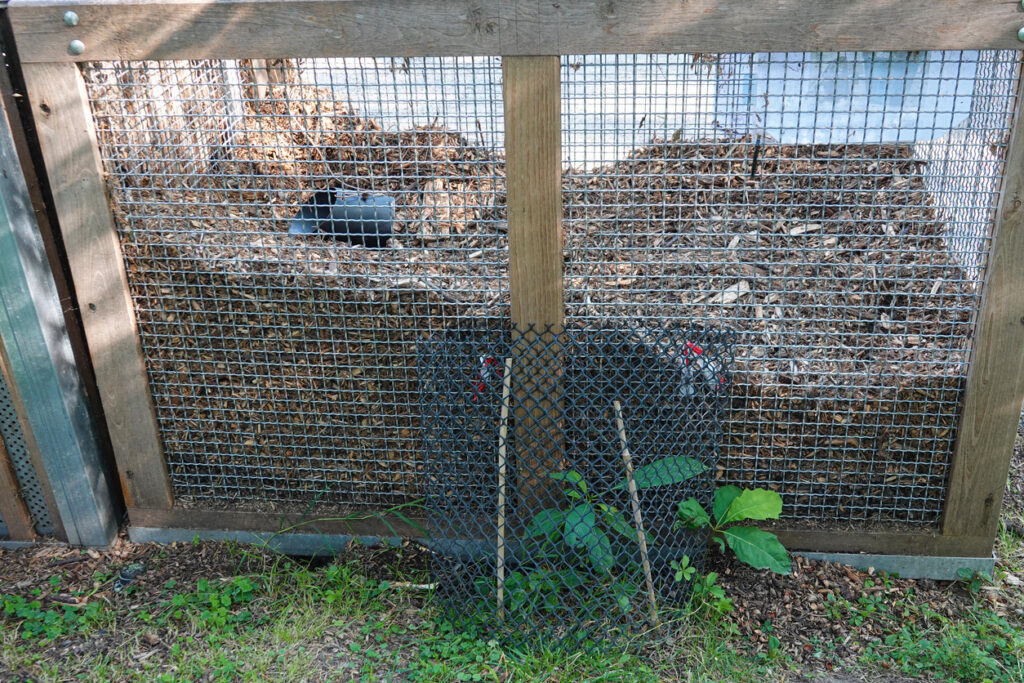
A hinged or lift-off lid made from metal mesh will allow you to easily add material while keeping pests out. Ensure it fits snugly and can be fastened when not in use.
Pests are particularly attracted to compost with a high content of food waste, especially proteins and fats. Try to maintain a good balance of greens (nitrogen-rich materials like food scraps) and browns (carbon-rich materials like leaves and cardboard). Avoid adding meat, dairy, or oily foods.
If your compost bin is enclosed in wood or plastic but has ventilation openings, consider covering these with fine metal mesh to keep insects out without compromising airflow.
Placing the bin on bricks or blocks can deter burrowing pests. Combined with a mesh base, this strategy adds an extra layer of defence.
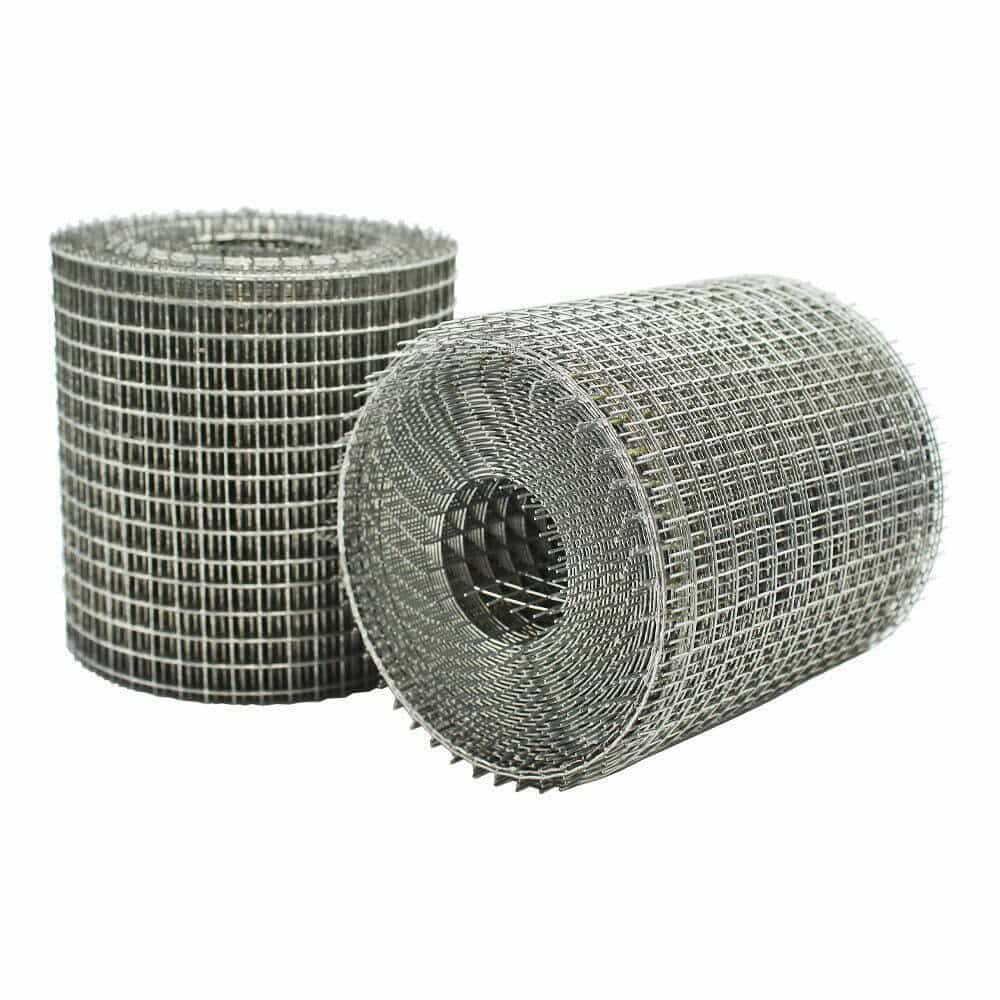
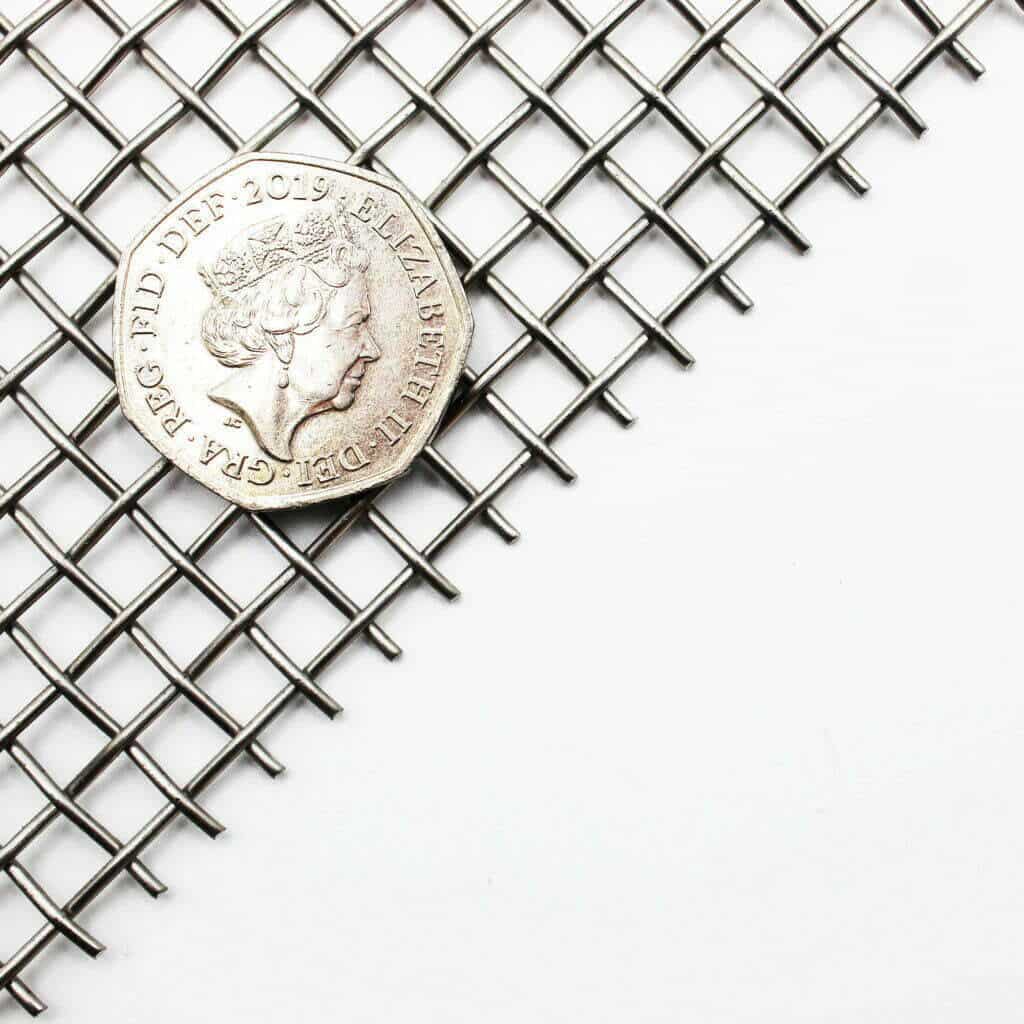
We stock a variety of products that are ideal for this type of project:
Galvanised Welded Wire Mesh (1/4″ x 1/4″) – An excellent option for effectively deterring rats, foxes, and other garden pests.
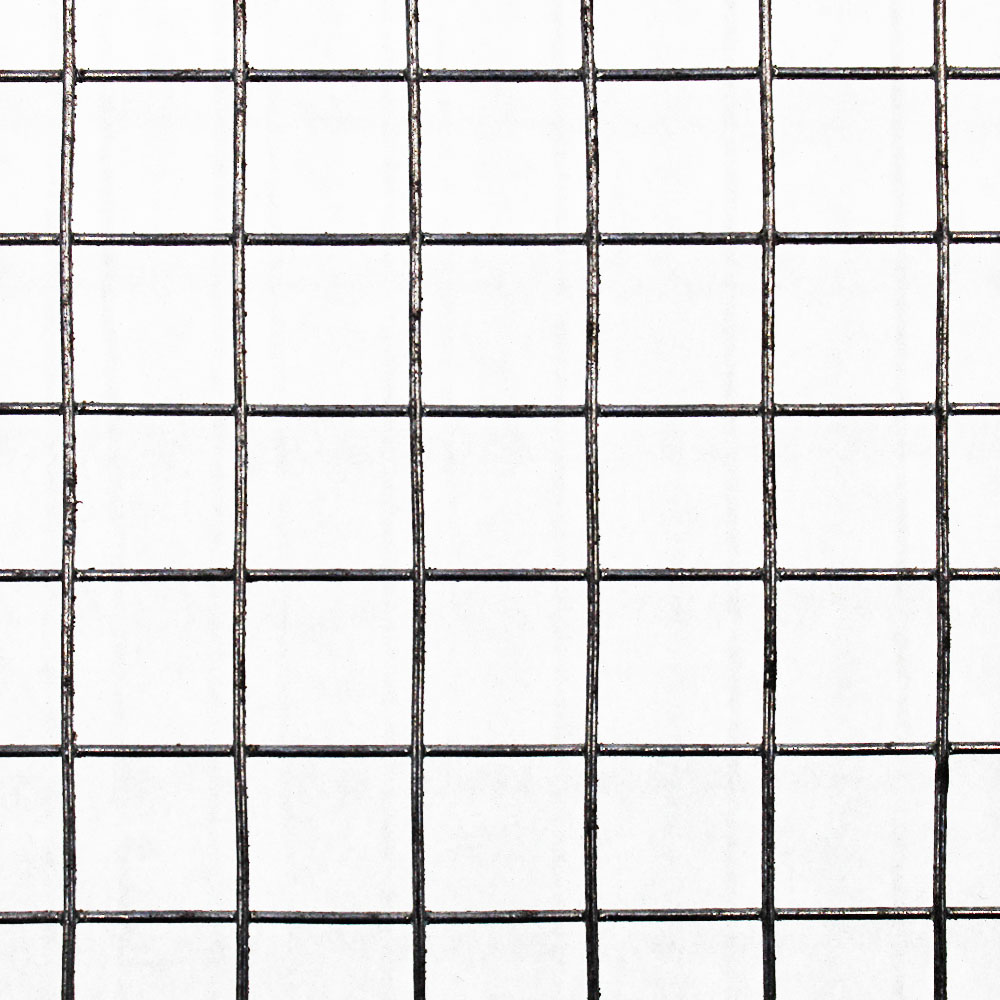
Stainless Steel Fine Insect Mesh – Ideal for covering ventilation ports or lining the base of a compost bin.
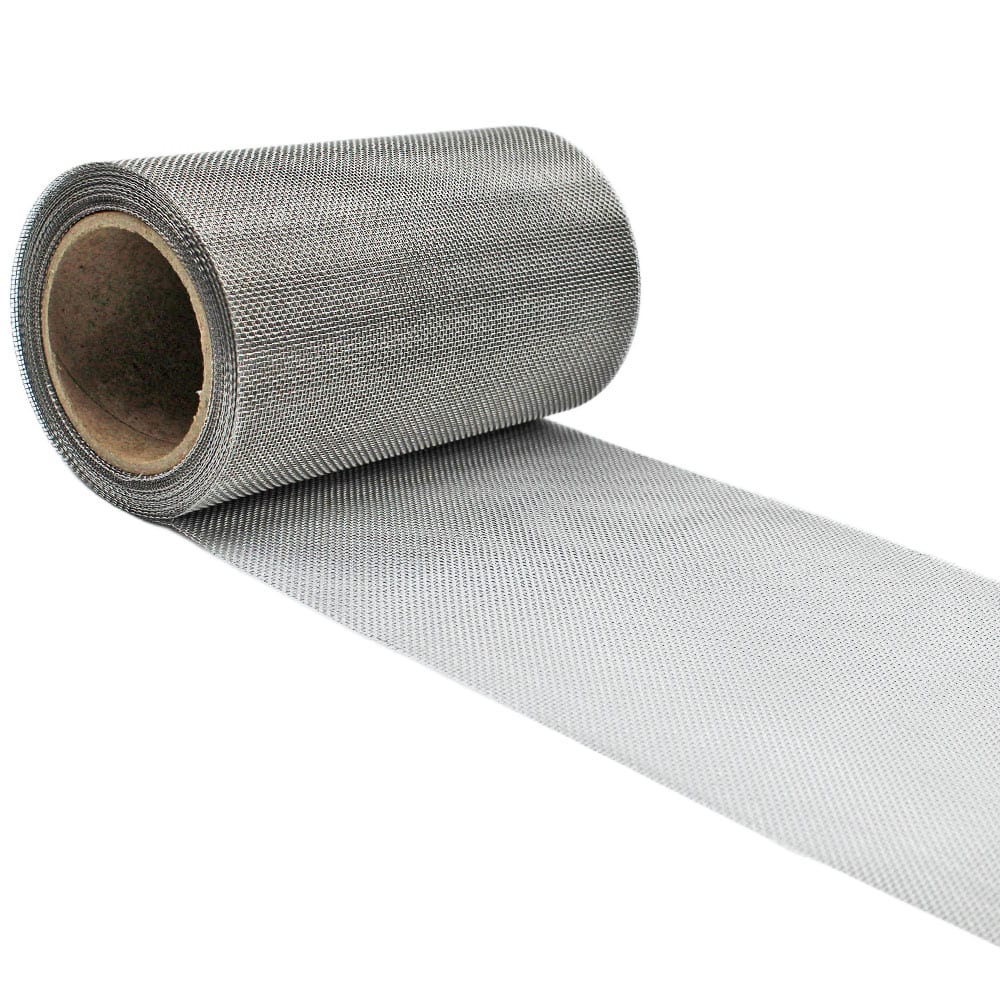
PVC Coated Green Mesh – A more visually appealing option that blends well with natural surroundings.
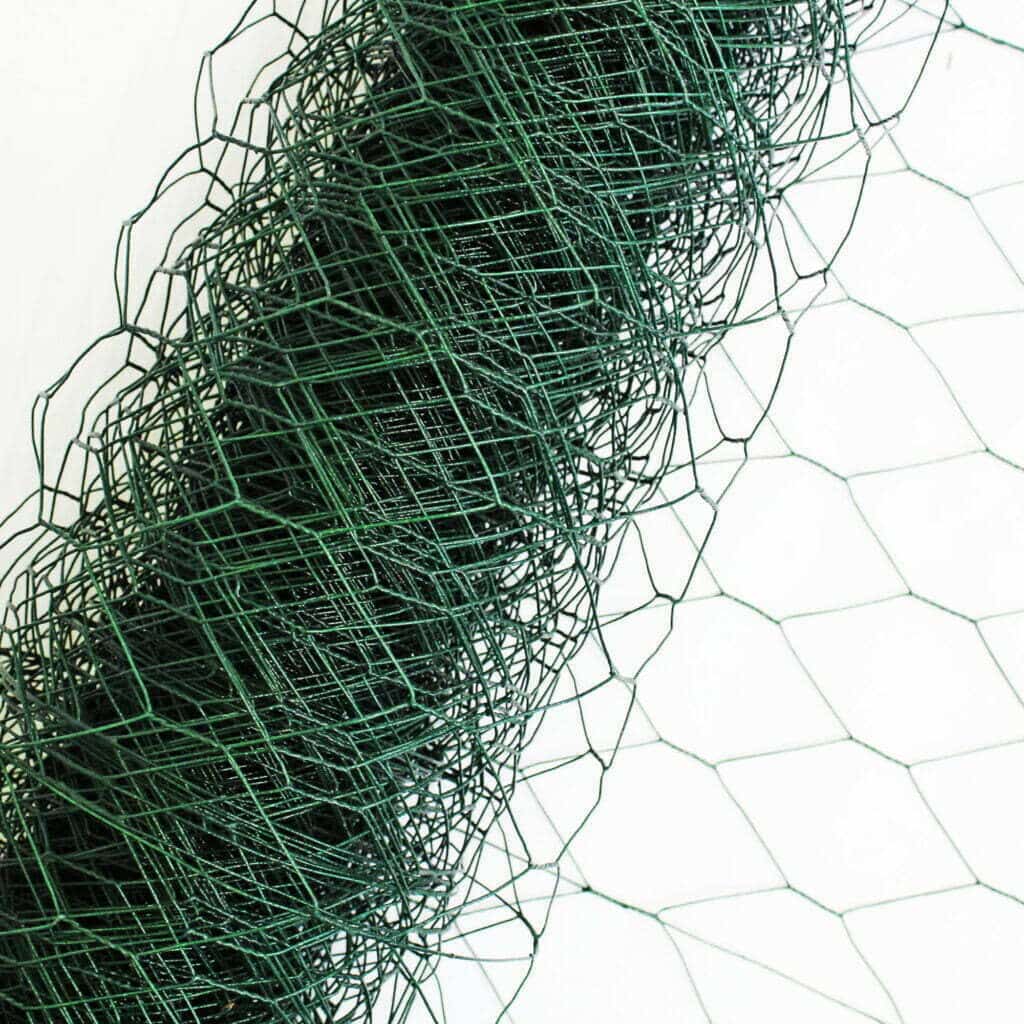
Each of these meshes is available in a range of sheet sizes and rolls, making them versatile and easy to work with. Custom cut options are also available upon request.
Apart from compost bins, metal mesh can be used throughout your garden for a variety of practical and decorative applications. Here are a few additional ideas:
Garden fencing: Deters larger pests while maintaining visibility.
Plant support structures: Acts as a trellis for climbing plants like beans and peas.
Soil sieves: Helps filter out stones and debris for seed beds.
Greenhouse protection: Shields vents or windows from insect invasion.
Integrating mesh solutions in these ways creates a more functional and organised garden while keeping pests at bay.

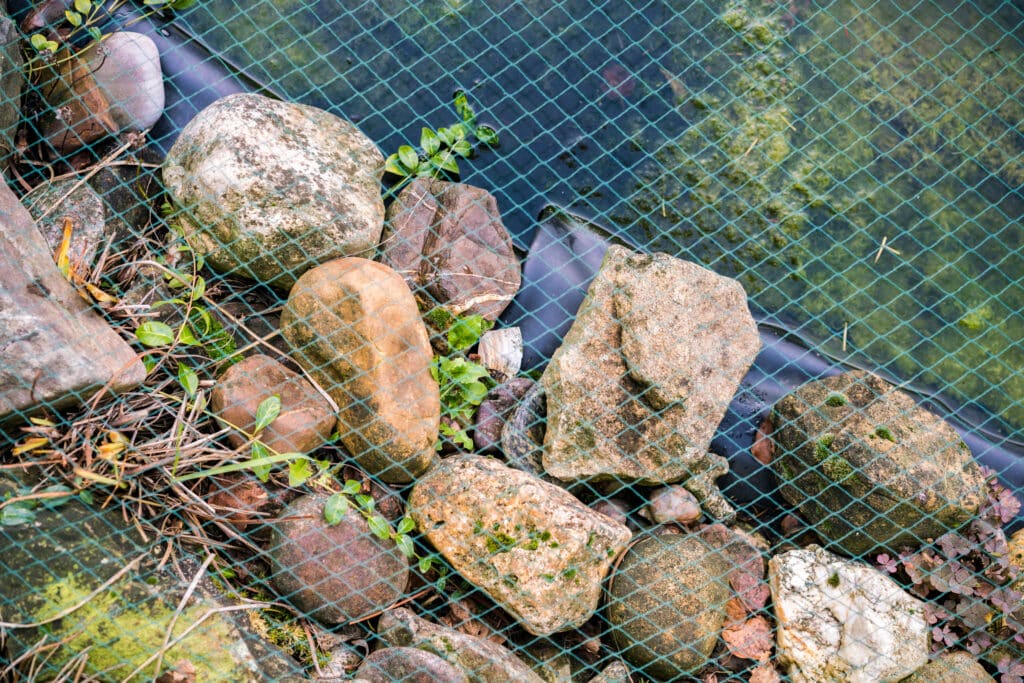
Metal mesh is a more sustainable choice compared to plastic netting. It has a longer lifespan and can often be recycled at the end of its use. Choosing galvanised or stainless steel mesh further extends product life, reducing the need for replacement.
By using mesh to build your compost bin, you’re not only protecting your compost but also reducing your reliance on chemical deterrents and plastic materials.

Creating a pest-proof compost bin is one of the smartest investments you can make in your garden’s sustainability. By using metal mesh, you can ensure that your composting process remains efficient, sanitary, and undisturbed by unwelcome intruders. With proper planning and quality materials, you can build a structure that lasts for years and requires minimal maintenance.
At The Mesh Company, we’re proud to supply high-quality mesh products suitable for this and many other outdoor applications. Visit our website to browse our full range or get in touch for expert advice on selecting the right mesh for your project.
As always, thank you for checking out our blog. We hope that this helps you with your project. We try to launch a couple of new guides every week. Eventually we will have covered everything there is to cover about mesh.
You may be interested in our blog that explores how to build a chicken coop.
Our goal for our blogs and help guides is to answer as many questions as possible to help to explain the possibilities of mesh to our customers.

